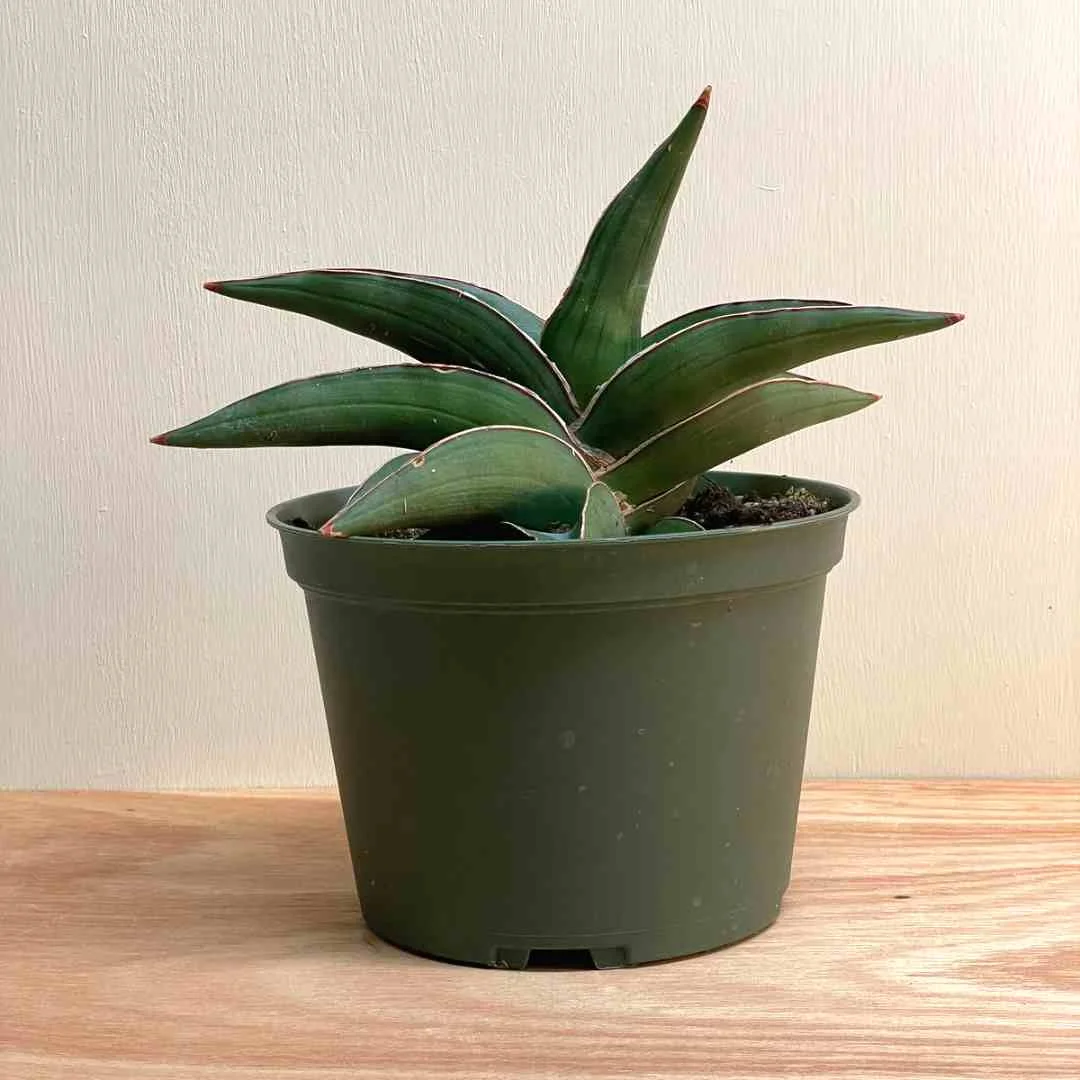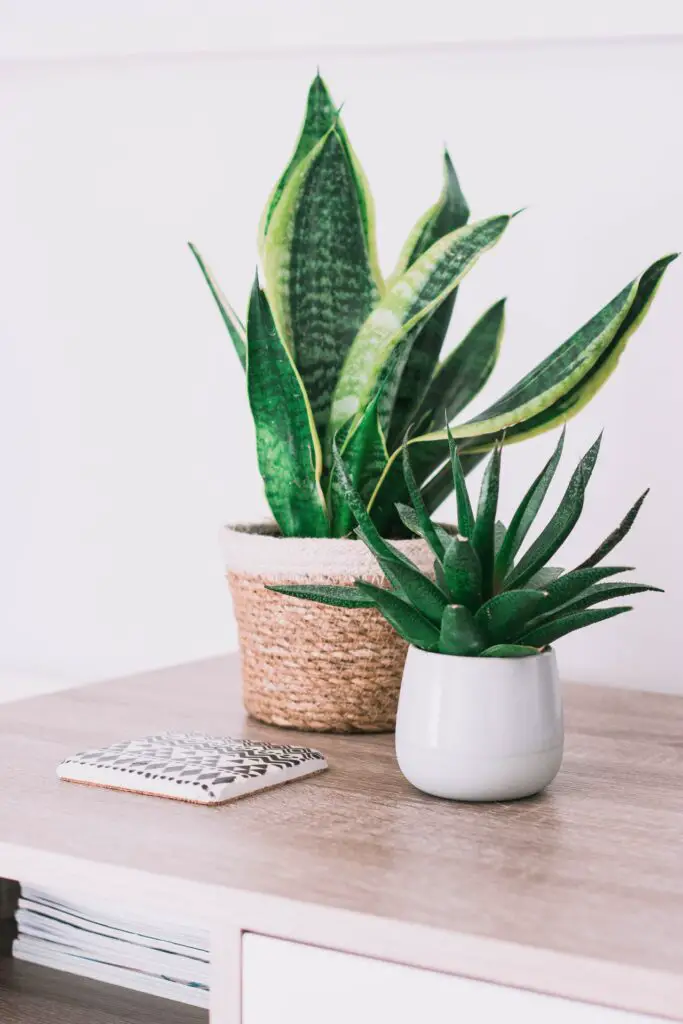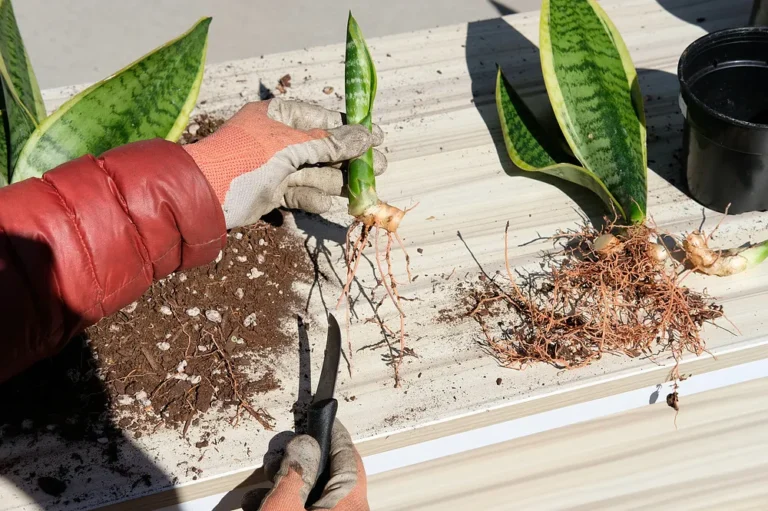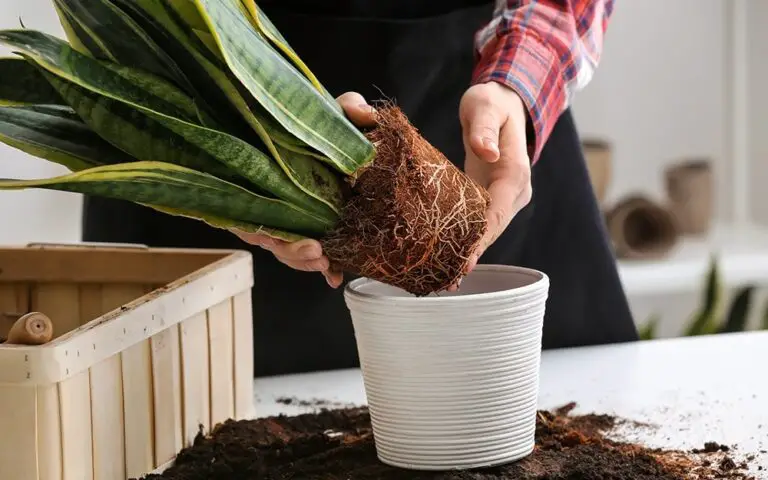Sansevieria Ehrenbergii

Also Known As
At A Glance
Features
Origin
S. Ehrenbergii plant is native to tropical Africa and parts of Asia. It is specifically found in arid regions of Kenya, Sudan, Tanzania, Somalia, Yemen, Oman, Ethiopia etc.
Size
It is a relatively big plant that can grow about 5 feet tall. The fibrous upright stem is a foot high. And each leaf is around 5 feet long and 1-2.5 inches wide. Flower stalks are also tall, up to 4-5 feet for a mature plant.
Foliage
Sword Sansevieria has thick, pointy leaves arranged in two opposite rows. They grow on a short stem and form a beautiful fan shape. Each leaf has a wide channel at the base. Edges and tips are reddish-brown and white in color. The leaves are bluish green and have shallow longitudinal grooves on the outside.
Flower
This species has a unique inflorescent, different shape than most snake plants. The mature plants can produce beautiful grayish white flowers once a year. They grow on a wavy flower stalk that rises from the base and has many small branches which go upwards. The tiny tubular flowers appear in spiraling clusters on each branch.
Toxicity
Sansevieria Ehrenbergii is a mildly toxic plant when ingested. It's important to keep it away from pets and children. Consuming any part of the plant can cause vomiting, diarrhea, drooling or mouth irritation.
Growth Season
This evergreen plant actively grows during warmer climates like the spring to summer season. Flowering usually happens in the spring. In the winter, the plant grows extremely slowly.
Pests
In rare situations, spider mites or mealybugs can attack the snake plant. Use alcohol dipped cotton ball or insecticides to wipe off the bugs from your plant. To protect the plant from getting sick, don't let the water sit in the grooves of its leaves.
Propagation
There are a few ways to propagate sword Sansevieria. Dividing the roots is a simple and efficient way. Separate the plant into sections where each part has some leaves and roots. Then plant them separately. Another way is to use leaf cuttings where you can cut a healthy leaf into 3-4 inches long sections and plant them until they form tiny roots.
Growing Conditions
Water
Like most Sansevierias, this plant is drought-tolerant and doesn't require frequent watering. Allow the soil to dry completely before you water. The watering schedule can be once every 1-2 weeks in the growth season. During winters, it requires much less water. Don't let your plant sit in wet and soggy soil, else it can develop root rot.
Light
It can survive anything from the full sun to deep shade light conditions. Bright indirect sunlight is ideal for the growth. Outdoor plants prefer shade or semi-shade in tropical regions, where the sunlight can be too harsh. In a non-tropical climate, this plant can tolerate few hours of daily sun.
Soil
A fast-draining and porous soil is great for your snake plant. You can use a combination of organic and inorganic ingredients. Mix coconut coir, gravel, perlite or peat in a regular soil (max 40-50%) to increase its drainage. You can also use a gritty potting mix for succulents. Make sure that the soil drains water freely.
Environment
The perfect growing temperature range for this plant is 60-85°F (15-29°C). Although it can tolerate low temperatures if kept dry, it's best to avoid frost. Temperatures below 50°F can cause permanent damage to the leaves. Wet soil combined with extreme cold is fatal for the plant.


